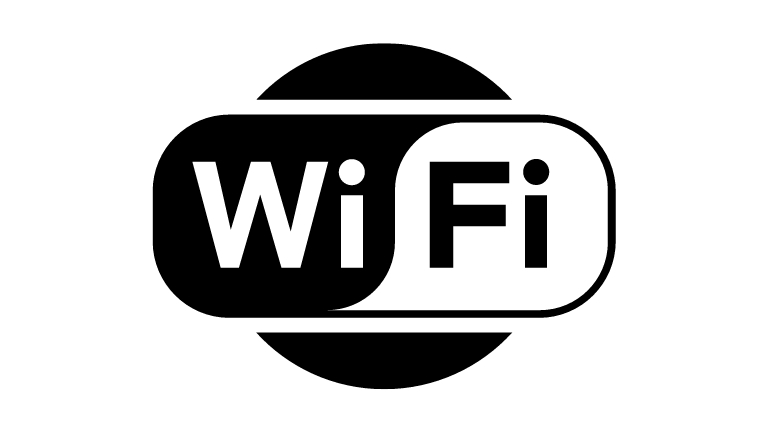Virtwifi is a virtual Wi-Fi feature in Windows that enables you to share your internet connection with other devices.
However, sometimes it may encounter connectivity issues where it shows no internet access. This can be frustrating and can hinder your productivity.
In this article, we will discuss some common reasons for this issue and provide effective solutions to fix it.
Understanding the Virtwifi Feature
Before we begin troubleshooting the issue of Virtwifi showing no internet access, it’s important to understand what Virtwifi is and how it works.
Virtwifi is a built-in feature in Windows 7, 8, and 10 that enables you to create a virtual wireless access point from your computer.
This allows you to share your internet connection with other devices, such as smartphones, tablets, and laptops.
Common Causes of Virtwifi No Internet Access Issue
Here are some of the most common causes of Virtwifi encountering connectivity issues:
Network Adapter Driver Issue
One of the reasons why Virtwifi may encounter connectivity issues is due to problems with the network adapter driver.
If the driver is outdated or corrupted, it can cause Virtwifi to show no internet access.
Firewall and Antivirus
Firewalls and antivirus software can often interfere with the Virtwifi feature, leading to connectivity issues and causing it to show no internet access.
Incorrect Network Settings
Incorrect network settings can lead to Virtwifi showing no internet access. This can occur if the network settings are not configured properly on your device.
How to Fix Virtwifi No Internet Access Issue?
Here are some effective solutions to fix the Virtwifi no internet access issue:
Update Network Adapter Driver
To fix the Virtwifi issue, you should first update your network adapter driver. Follow these steps:
- Go to the Device Manager by pressing the Windows key + X and selecting Device Manager from the list.
- Expand the Network Adapters option by clicking on the arrow icon next to it.
- Right-click on the network adapter that you’re using for the Virtwifi feature.
- Click on Update Driver Software from the context menu.
- Select the option to Search automatically for updated driver software.
- Follow the on-screen instructions to complete the update process.
Once the driver update is complete, restart your computer and check if the Virtwifi no internet access issue has been resolved.
Disable Firewall and Antivirus
Firewalls and antivirus software can sometimes block the Virtwifi feature, causing it to show no internet access. To fix this issue, you can try temporarily disabling the firewall and antivirus software and see if Virtwifi starts working. If it does, then you can add an exception for Virtwifi in your firewall and antivirus software. Here are the steps to disable the firewall and antivirus software:
To disable the Windows Firewall:
- Go to the Windows Control Panel
- Click on System and Security
- Click on Windows Firewall
- Click on Turn Windows Firewall on or off
- Select Turn off Windows Firewall (not recommended) for both private and public networks
- Click OK
To disable antivirus software:
- Locate the antivirus icon in your system tray (usually found in the bottom right corner of your screen)
- Right-click on the icon and select Disable or Turn Off
- Choose the option to disable the software temporarily
- Restart your computer
If Virtwifi starts working after disabling the firewall and antivirus software, you can add an exception for Virtwifi in your firewall and antivirus software. Here are the steps to add an exception for the Virtwifi in Windows Defender Firewall:
- Go to the Windows Control Panel
- Click on System and Security
- Click on Windows Defender Firewall
- Click on Allow an app or feature through Windows Defender Firewall
- Click on Change Settings
- Click on Allow another app
- Click on Browse
- Navigate to the folder where Virtwifi is installed (usually C:\Windows\System32\drvstore)
- Select VWiFi and click Open
- Click Add
- Select the Private and Public checkboxes for VWiFi
- Click OK
After adding the exception, enable the firewall and antivirus software and restart your computer.
Reconfigure Network Settings
To fix the Virtwifi issue caused by incorrect network settings, you can try the following steps:
- Press the Windows key + R on your keyboard to open the Run dialog box.
- Type “ncpa.cpl” in the Run dialog box and press Enter. This will open the Network Connections window.
- Right-click on the network connection that you’re using for the Virtwifi feature and select Properties.
- Click on Internet Protocol Version 4 (TCP/IPv4) and then click on Properties.
- Select “Obtain an IP address automatically” and “Obtain DNS server address automatically” options.
- Click OK to save the changes.
- Restart your computer and try using the Virtwifi feature again.
If the issue persists, you may want to check if there are any conflicting network settings or if your network adapter supports the Virtwifi feature. You can also try resetting your network settings to their default values by following these steps:
- Open the Command Prompt as an administrator.
- Type “netsh winsock reset” and press Enter.
- Type “netsh int ip reset” and press Enter.
- Restart your computer and try using the Virtwifi feature again.
Restart Network Services
Sure, here are the steps to restart the network services:
- Press the Windows key + R to open the Run dialog box.
- Type “services.msc” and press Enter.
- Scroll down to find “Network Connections” and double-click on it.
- Click on “Stop” to stop the service.
- Wait a few seconds and click on “Start” to start the service again.
- Restart your computer and check if the Virtwifi no internet access issue is resolved.
Conclusion
In conclusion, the Virtwifi feature is a useful tool that enables you to share your internet connection with other devices.
However, it may encounter connectivity issues where it shows no internet access.
By following the solutions outlined in this article, you can effectively troubleshoot and fix the Virtwifi no internet access issue.
Remember to update your network adapter driver, disable your firewall and antivirus software temporarily, check your network settings, and restart the network services.









